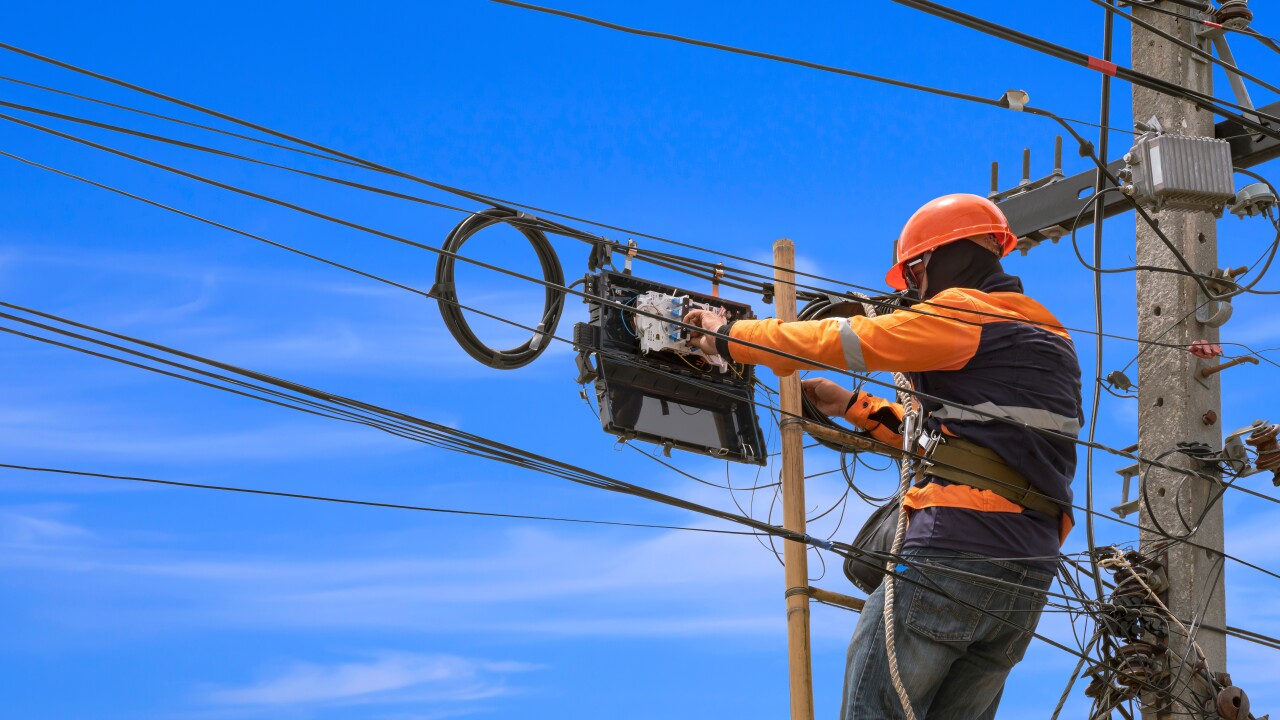Of all of the types of mortgages available, government-insured mortgages have the greatest share of loans in forbearance that have little to no equity, Black Knight reports. This could negatively affect how
The great majority of borrowers with forborne government-insured loans have 20% or more equity in their homes. But "just 9% [of borrowers with forborne loans] have 10% or less equity — typically enough to cover the cost of a sale of a property — with another 1% underwater on their mortgages," Ben Graboske, president of Black Knight's data and analytics division, said in a press release.

"Of course, this leaves a population of nearly half a million homeowners who may lack the necessary equity to sell their homes to avoid foreclosure in a worst-case scenario," he added.
About 19% of Federal Housing Administration and Veterans Affairs mortgages in forbearance were at loan-to-value ratios at 90% or higher, the firm found.
That is nearly two-thirds of all low-equity loans in forbearance, despite FHA/VA loans only making up one-third of all active plans, Black Knight said.
This compares with 6% of conforming loans and 5% of portfolio loans at LTVs of 90% or more.
Furthermore, only 47% of FHA/VA borrowers in forbearance have a strong equity position in their property, with an LTV under 70%. This compares with 64% of Fannie and Freddie borrowers and 71% of borrowers with portfolio or private-label mortgages.
Last Friday, Black Knight reported
But at the same time, it noted that a much smaller percentage of borrowers in forbearance had made their May payment (as of May 26) than those that made their April payment.
During April there was an over 90% month-to-month increase in delinquent borrowers to a rate of 6.45%, Black Knight said. The rate includes mortgages that are in forbearance and no payment was made.
With fewer forborne borrowers making their May scheduled payment, "another rise in the national delinquency rate is likely to be reflected in May's data," Graboske said. "With expanded unemployment benefits set to end on July 31, it remains to be seen what impact that may have on both forbearance requests and overall delinquencies."
But some see the
"The good news is that equity positions among homeowners in forbearance are by and large strong," Graboske said. "Nearly 80% of homeowners in active forbearance have 20% or more equity in their homes, providing homeowners, servicers and regulators with options for helping to avoid downstream foreclosure activity and default-related losses."




